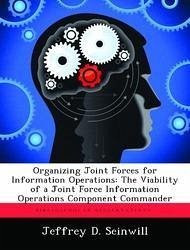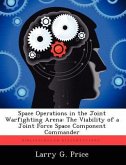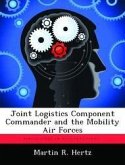A number of sources advocate creating a separate information component headed by a joint force information operations component commander (JFIOCC) as the best way to integrate information operations (IO) into joint forces. Though attractive on the surface, detailed investigation demonstrates that the JFIOCC is not a viable structure for joint force IO. The JFIOCC concept goes against the long-established principles of war. Specifically, structuring IO under a JFIOCC violates the principles of unity of command and simplicity. Another problem with creating a JFIOCC is the potential isolation of IO from other assets within the theater, reducing synergy. Concentrating joint force IO in a JFIOCC construct fails to recognize that information operations can be conducted on a global scale. The joint force must recognize its vulnerability to information attack from beyond its area of responsibility and the vulnerability of forces located outside the theater. The research concludes by offering an overview of alternative structures for integrating IO into joint forces.








